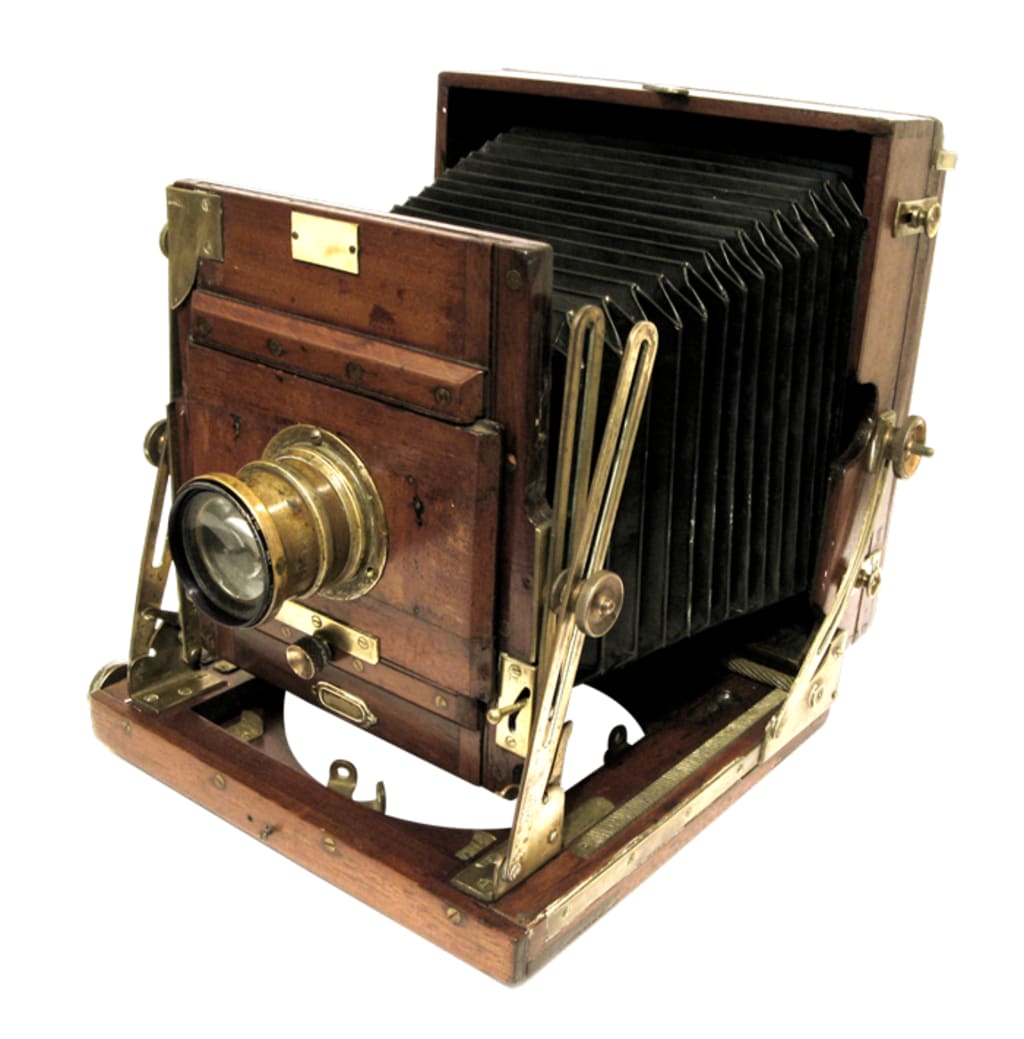
The invention of photography was a monumental achievement that revolutionized the way we capture and preserve images. Several pioneers played crucial roles in its development, including Nicéphore Niépce, Louis Daguerre, and William Henry Fox Talbot. Let's delve into their contributions and the early techniques they developed.
Nicéphore Niépce, a French inventor, is widely regarded as one of the inventors of photography. In the early 19th century, Niépce successfully captured the first permanent photograph using a process he called heliography. He constructed a camera obscura, an optical device that projected an image onto a surface. Niépce coated a pewter plate with bitumen, a light-sensitive material, and exposed it to light for several hours. The bitumen hardened in the areas exposed to light, creating a crude but permanent image. While Niépce's images required long exposure times and lacked fine detail, his work marked a significant milestone in the quest to capture images through chemical means.
Louis Daguerre, a French artist and inventor, made a groundbreaking contribution to the field of photography with his invention of the daguerreotype process. In 1839, Daguerre announced his invention, which dramatically reduced exposure times from hours to minutes. The daguerreotype process involved several steps. First, a silver-plated copper plate was polished to a mirror-like surface. Next, the plate was treated with iodine vapor, which sensitized it to light. The plate, housed in a camera, was exposed to light, capturing the image. Finally, the plate was developed using mercury vapor, which brought out the latent image. The resulting daguerreotype images were unique, highly detailed, and possessed a remarkable level of clarity.
Daguerreotypes gained widespread popularity and became a thriving business. The process offered an opportunity to create individual, tangible images that were highly prized for their accuracy and lifelike quality. Daguerreotype studios emerged worldwide, enabling individuals to have their portraits taken. The popularity of the daguerreotype process soared due to its ability to capture precise details and deliver a distinct aesthetic appeal.
While Daguerre was making advancements in France, William Henry Fox Talbot, an English scientist and mathematician, independently developed his own photographic process. In 1841, Talbot introduced the calotype (or talbotype) process. The calotype process involved coating paper with silver iodide to create a light-sensitive surface. Talbot's innovation lay in his realization that the negative image created during the exposure could be used to produce multiple positive prints. This was a groundbreaking development, as it allowed for the mass production of photographs.
To create a calotype image, Talbot exposed the sensitized paper in a camera, resulting in a latent image. The paper was then developed using gallic acid, which revealed the image. Talbot's process allowed for the creation of multiple prints from a single negative. This flexibility opened up new possibilities for the dissemination of images and contributed to the democratization of photography.
Talbot's calotypes differed from Daguerre's daguerreotypes in their appearance. Calotypes had a softer, more painterly quality with a range of tonal values. While daguerreotypes provided highly detailed, sharp images, calotypes had a unique aesthetic appeal due to their softer focus and artistic interpretation. Talbot's positive/negative process became the foundation for modern photography and influenced subsequent developments in photographic technology.
The inventions of Daguerre and Talbot sparked a wave of experimentation and innovation in photography. Practitioners and inventors around the world sought to improve upon the existing processes and develop new techniques. Advancements were made in areas such as exposure times, image quality, and port
ability of equipment.
As the medium gained popularity, photographers began to explore its artistic potential. Pioneering photographers like Julia Margaret Cameron, Mathew Brady, and Eadweard Muybridge emerged, pushing the boundaries of the medium and using photography as a means of creative expression. They experimented with composition, lighting, and subject matter, contributing to the establishment of photography as a legitimate art form.
The invention of photography had a profound impact on society. It transformed portraiture, allowing individuals from all walks of life to have their images captured and preserved. Photography became a tool for documenting historical events and everyday life, offering a new means of visual storytelling. The ability to capture and reproduce images had a far-reaching influence on fields such as journalism, science, anthropology, and archaeology.
Furthermore, the invention of photography altered people's perception of the world. The camera became a witness to history, capturing moments that would have otherwise been forgotten. Photography provided a visual record that transcended time and space, allowing individuals to experience distant places and events. It also challenged traditional notions of representation and truth, as photographs could be manipulated and interpreted in various ways.
The early days of photography were marked by rapid advancements in technology and the establishment of fundamental techniques and processes. The contributions of pioneers like Niépce, Daguerre, and Talbot laid the foundation for the medium's future development. Their inventions transformed photography from an experimental pursuit into a powerful tool for artistic expression, documentation, and communication. The legacy of these early pioneers continues to shape the world of photography, influencing contemporary practices and inspiring future generations of photographers.






Comments
There are no comments for this story
Be the first to respond and start the conversation.